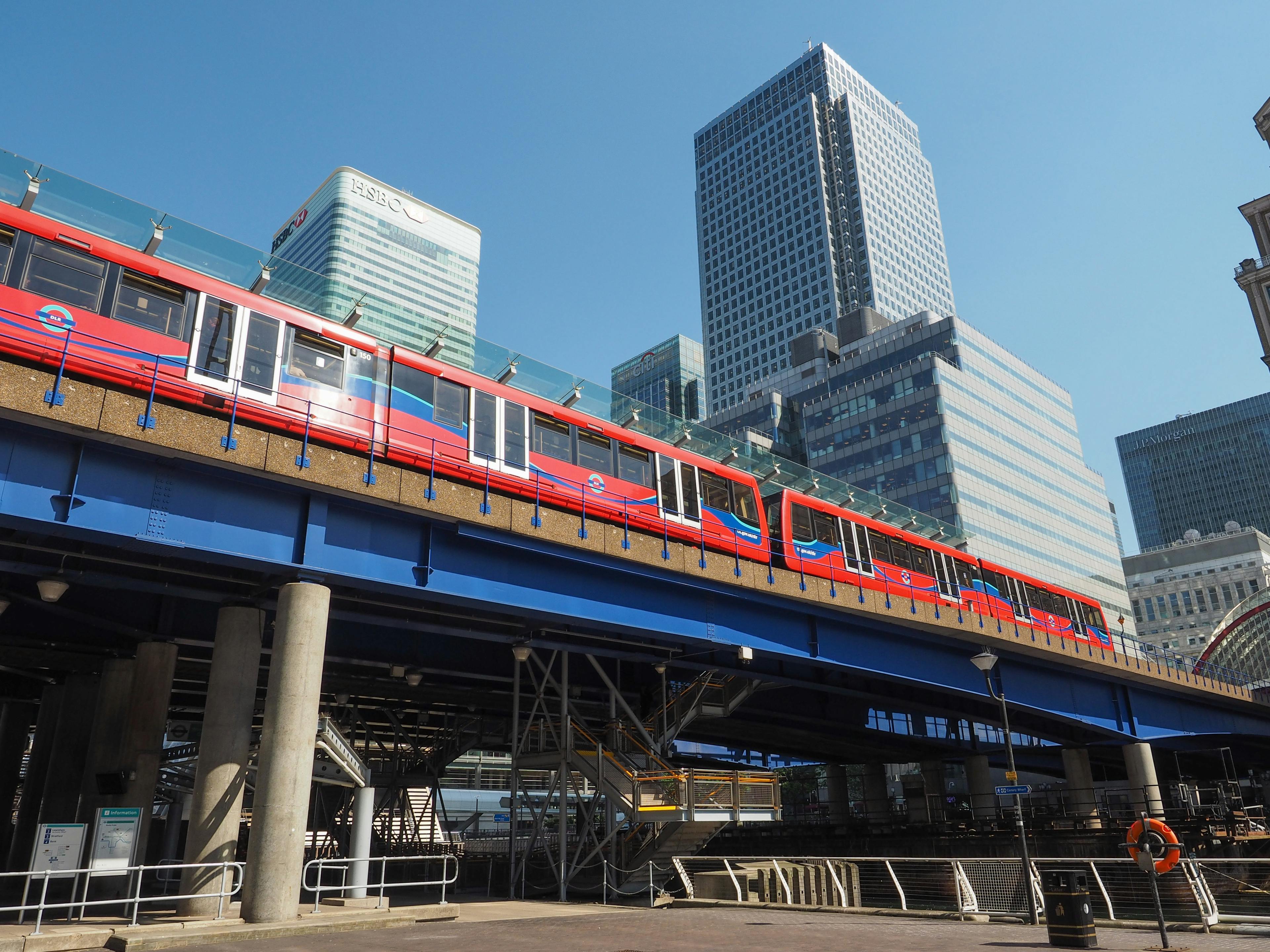
Docklands Light Railway
Careys was awarded the contract to undertake construction of a 250m long Reinforced Concrete viaduct as part of the Docklands Light Railway (DLR) enhancement programme. Our scope of works included the construction of all in-situ pile caps and abutments, installation of pre-cast concrete beams, construction of the in-situ bridge decks, trackway enabling works and installation and commissioning of the bearing.
Client
DLR AuthorityLocation
London DocklandsPrincipal Contractor
Vinci Taylor WoodrowServices
The viaduct passed alongside and over existing operational DLR trackways. It was a requirement that no disruption was caused to the operation of the railway and thus all supervisory staff underwent assessment (including medical examination) and training by the DLR authority before works adjacent to the trackway could begin. Further to this all RAMS, temporary works and lift plans were scrutinised and approved by Vinci Taylor Woodrow and DLR representatives.
The site was divided into three sections: east, central and west. These were separated by the presence of the existing trackways complicating site logistics as materials, equipment and operatives could not easily transfer between work zones requiring a degree of duplication of resource.
The eastern section, although the most distant from the main site compound was the easiest to construct. A substantial hoarding separated the works area from existing trackways. RC pile caps were constructed within stepped excavations with abutments being built above these.
A heavy-duty crawler crane was used to lift pre-cast beams in place. These beams were sat on temporary support work to provide a rising profile prior to construction of the bridge deck. Permanent GRP formwork was used between beams for the decking with bespoke support work being used for construction of the cantilever sections of the deck. Bearings were subsequently installed between the abutment and beams to provide the designed permanent movement criteria.
The central section was located between two live trackways. A hoarding again separated the works area from the existing railway allowing the pile cap to be built in-situ. The size of the abutment was such that formwork would encroach upon the operational envelope of the railway. We decided to precast the abutment and lift this into position and thereafter stitch it to the pile cap.
The abutment sections, that weighed up to 50 tonnes each, were cast on the eastern site and then lifted into place during engineering hours. The bridge deck in this area was a steel structure and was installed by others. This deck work took place during a fixed closure period that had been booked months in advance with DLR. This required Careys to ensure that the enabling RC works were completed exactly on schedule.
Works in the western section were complicated by an additional factor as the viaduct was being built directly under one of the main electric pylon routes for London. The supply provided power to Canary Wharf and was rated at 400,000 volts. The method of works thus had to be coordinated with National Grid as well DLR. Restrictions were placed upon the operation of plant under the cables such that they could not encroach into the exclusion zone around the cabling.
We also had to modify our method of works for beam installation. Pre-cast beams were brought to site and were then lifted on to self-propelled trailers away from the overhead power cables. The trailers had multi axle independent steering and hydraulics to allow vertical movement of the load. This allowed the beams to be driven into place and landed on to the temporary support work with millimetre precision.
Concrete works finished to F3 standard in accordance with the Standard Specification for Highway Works
Concrete works finished to F3 standard in accordance with the Standard Specification for Highway Works
The concrete specification for the works required that concrete be finished to F3 standard in accordance with the Standard Specification for Highway Works, i.e. as struck, free from imperfections, with a closed finish and with a regular panel layout. Trials were held prior to commencing work to ensure that the shuttering system, concrete mix design and mould oil consistently produced the finish that the client was expecting. Panel layouts were also discussed and agreed with DLR so that they met with their expectations.
The project was delivered on time and to budget (the increase in value of our works package was the result of the award of additional works). More importantly the works were accident free and the quality of the finished work was deemed exceptional by the client.
We'd love to hear from you, so please get in touch